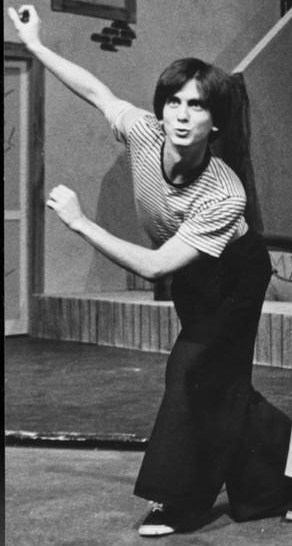This week's Dance Party comes from an unusual little film which presents quite a stylized picture of Paris.
 |
In 1962, the scrappy independent animation studio United Productions of America, or UPA, released an artsy cartoon feature which set a bit of a precedent.
Gay Pur-ee placed two stars in its two leading roles, and two other stars as featured players. Judy Garland was in the midst of (yet another) comeback, and Robert Goulet, fresh off his breakout performance in Broadway's Camelot, was at the height of his celebrity. Character actors Red Buttons and Hermione Gingold were enlisted to support these headliners, together bringing a lot of star power to this animated flick.
 |
| Director Abe Levitow used the paintings of Monet, Cezanne, and others to create the film's very unusual look. |
 |
| UPA's technique of "limited animation" allowed the product to be completed in record time. The studio moved into TV, creating one of my favorite series as a kid. |
The film was written by Dorothy Webster Jones and her husband, Chuck Jones, who was a giant in the cartoon industry. He actually worked on the film in violation of his contract with Warner Brothers, an act which caused his dismissal from the studio which had benefited from his prestigious work with Bugs Bunny and his crowd. (Mel Blanc, the major voice artist for Warner Brothers animation, was also involved with Gay Purr-ee).
 |
| The villains in Gay Purr-ee were voiced by Hermione Gingold and voice-over legend Paul Frees. |
UPA only produced two feature films, and was known primarily as the studio which brought us Mr Magoo. (I was never a fan of Magoo, but UPA also produced a pretty slick Dick Tracy series of which I was quite fond). The same year Gay Pur-ee was released, UPA created a Christmas classic for television when it presented Mr Magoo's Christmas Carol.
 |
| Like Gay Pur-ee, this one hour version of Dickens's story featured an established songwriting team. Jule Styne and Bob Merrill were working on their score for Funny Girl while writing the tunes for this project, which is in fact the first animated Christmas special ever produced for television. It received its own Dance Party here. |
Here's Judy Garland singing an ode to Paris. It's a pretty torchy number, perhaps the only of its kind sung by an animated cat, but this clip gives a very good illustration of the style of this unique film. It's not much solace for the horrors of the past few week, but it makes me feel a little better.






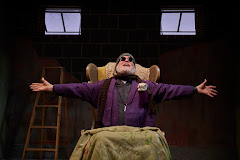




























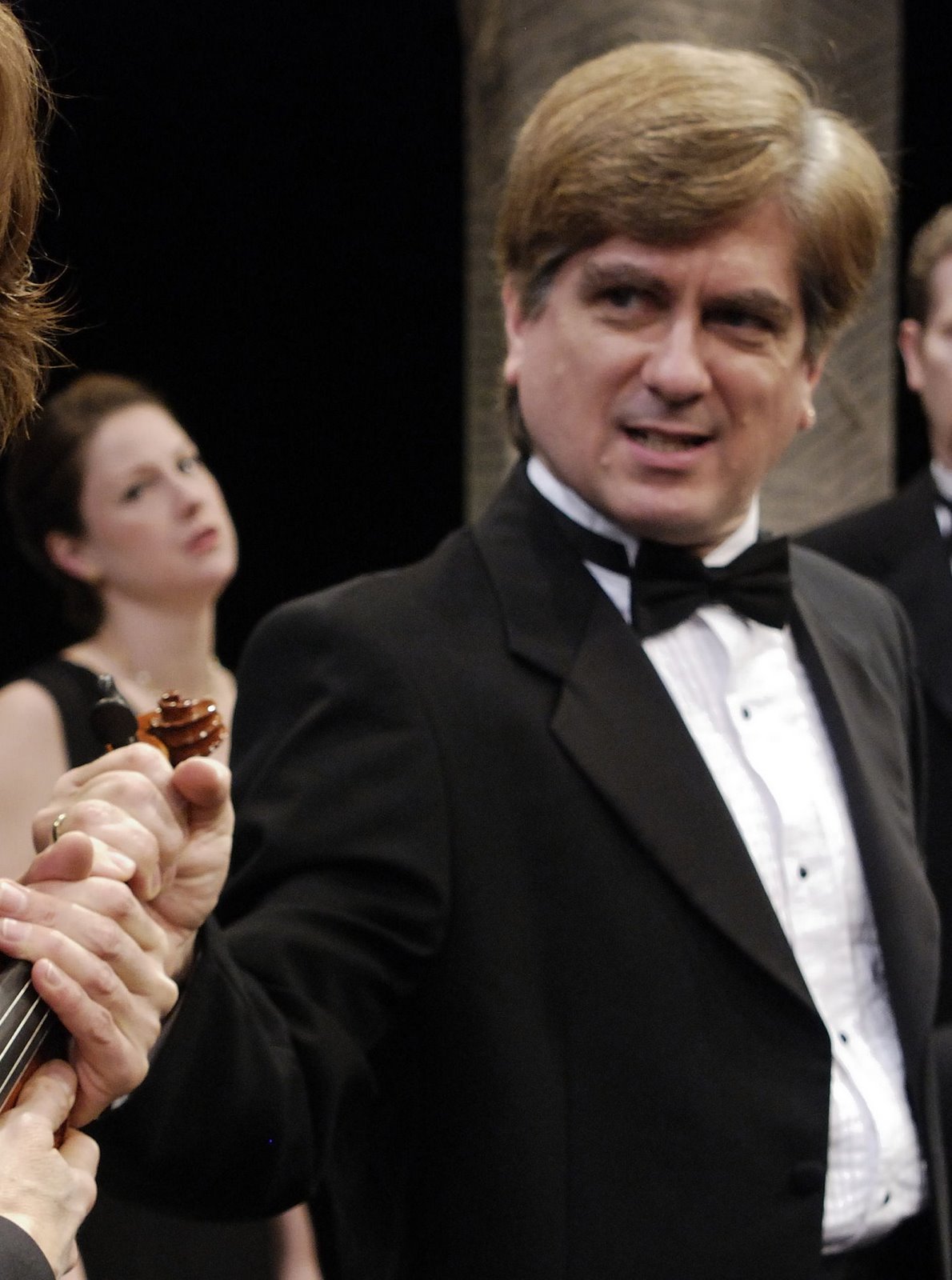
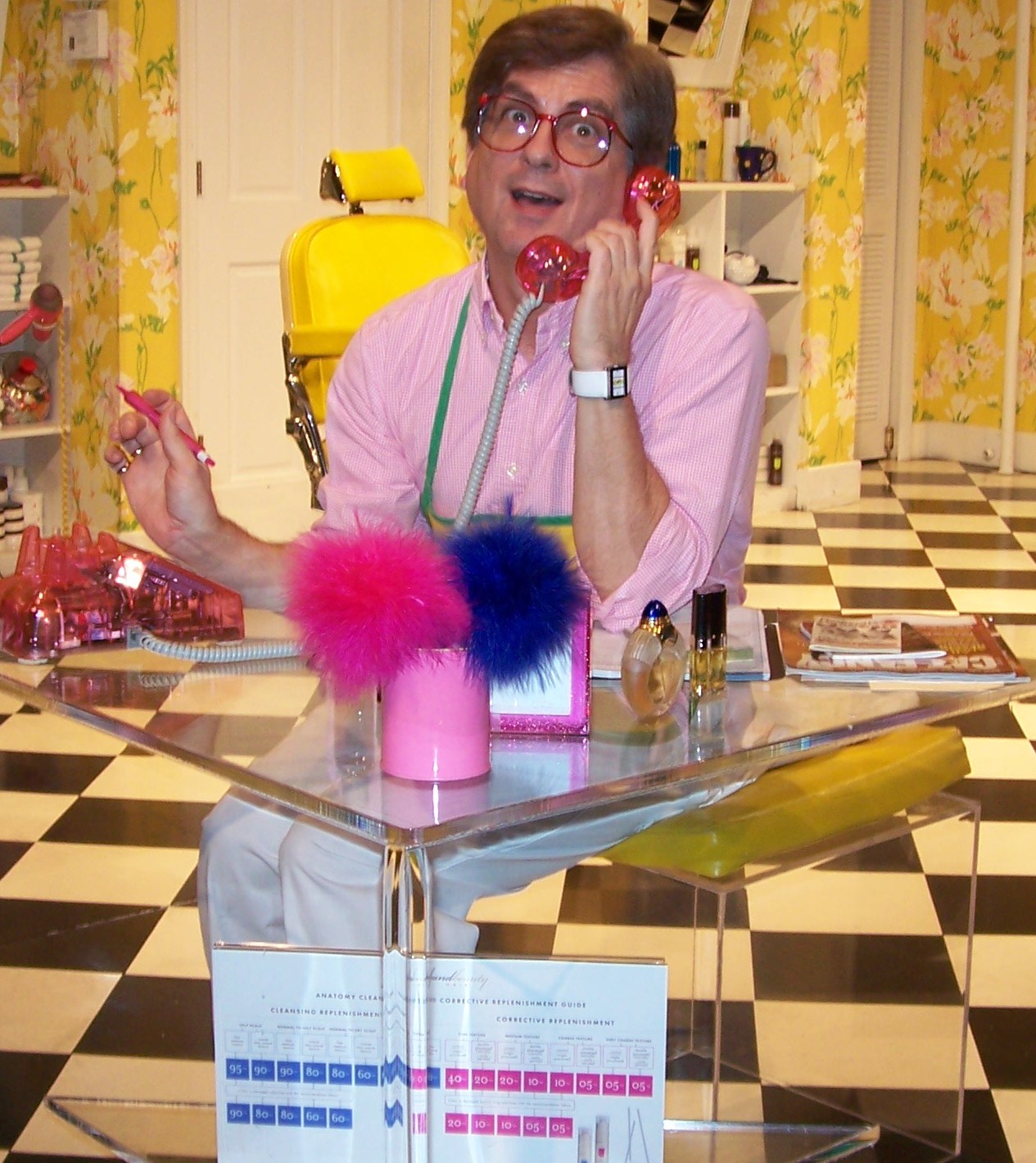
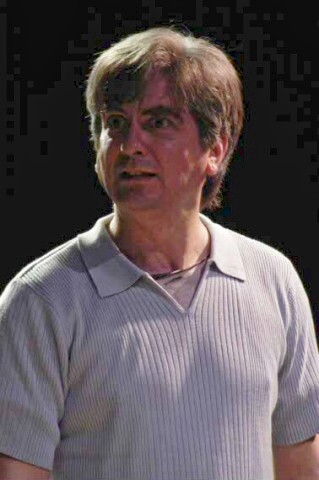
,+Olney+Theatre+Center,+2004.jpg)


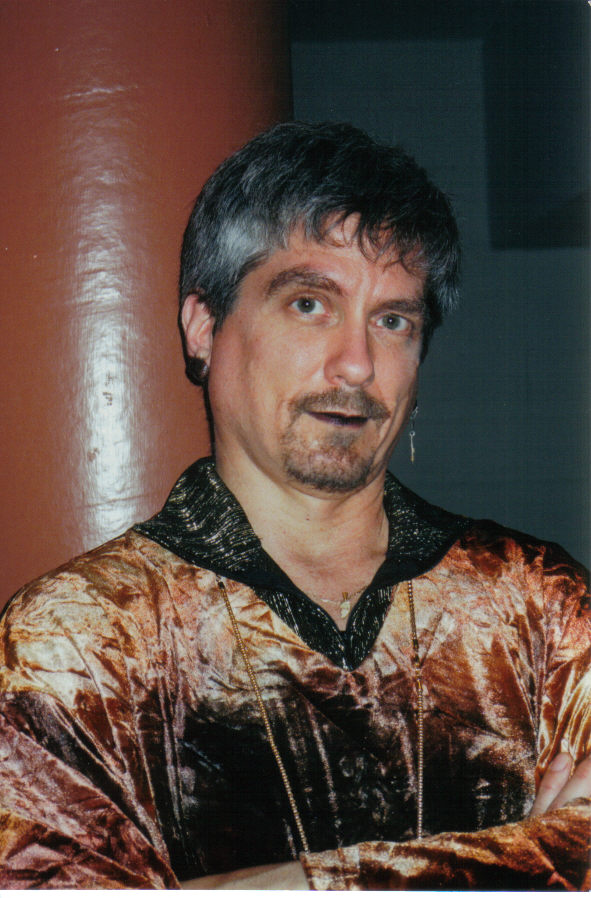
,+Shakespeare+Theatre+Company,.jpg)
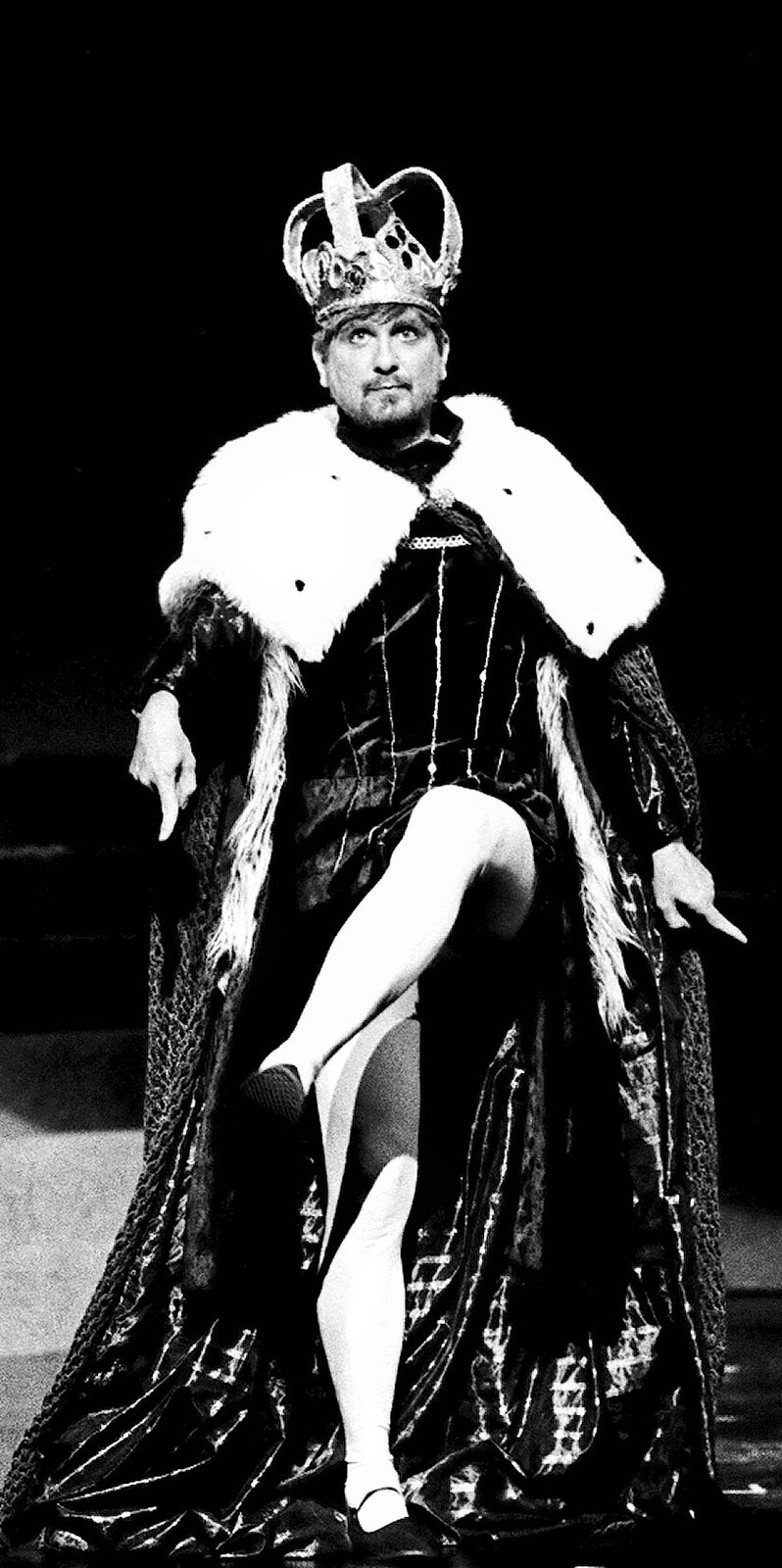

,+Warehouse+Theatre,+1999.jpg)
,+Are.jpg)
,+Everyman+Theatre,2002.jpg)
,+First+Nationa.jpg)
,+Shakespeare+Theatre+Company,.jpg)


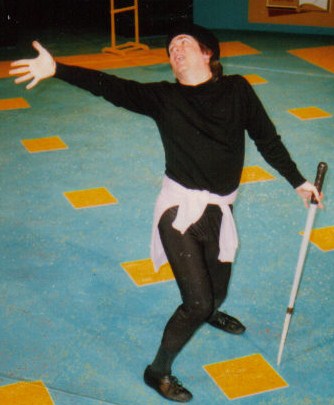
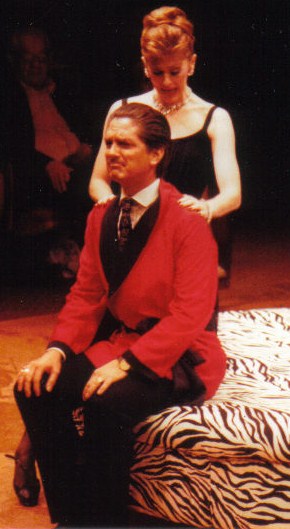


,+Granada+Th.jpg)
,+Globe+Playhouse,.jpg)
,+CSUN,+1976.jpg)
